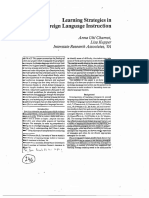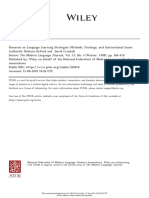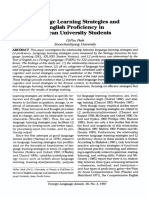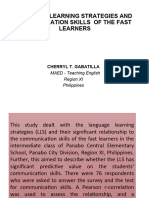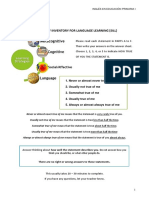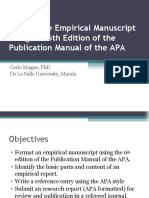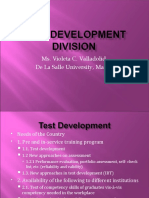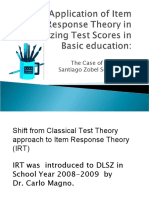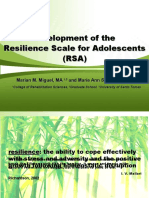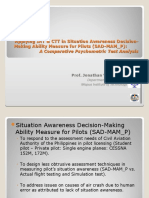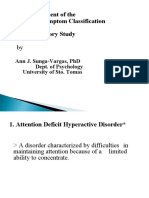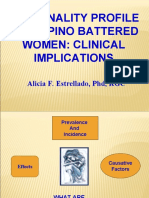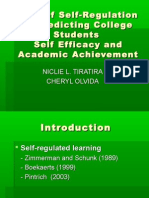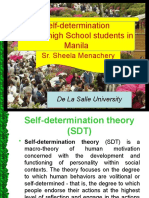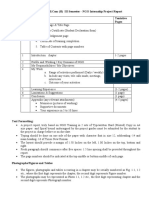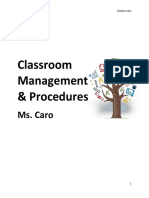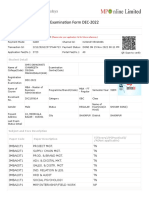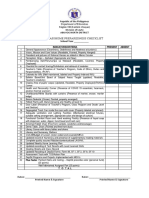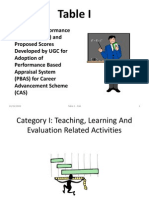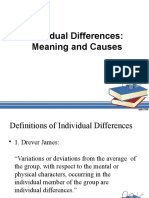0% found this document useful (0 votes)
610 views25 pagesExploring The Factor Structure of Cognitive Language Learning Strategies
The document summarizes research on cognitive language learning strategies. It discusses four factors of language learning strategies identified through principal component analysis: 1) taking note of language structure to practice skills, 2) summarizing skills and applying it to situations, and 3) using references to improve proficiency. The analysis identified these as the key strategies used by language learners based on a survey of 100 students.
Uploaded by
pemea2008Copyright
© Attribution Non-Commercial (BY-NC)
We take content rights seriously. If you suspect this is your content, claim it here.
Available Formats
Download as PPT, PDF, TXT or read online on Scribd
0% found this document useful (0 votes)
610 views25 pagesExploring The Factor Structure of Cognitive Language Learning Strategies
The document summarizes research on cognitive language learning strategies. It discusses four factors of language learning strategies identified through principal component analysis: 1) taking note of language structure to practice skills, 2) summarizing skills and applying it to situations, and 3) using references to improve proficiency. The analysis identified these as the key strategies used by language learners based on a survey of 100 students.
Uploaded by
pemea2008Copyright
© Attribution Non-Commercial (BY-NC)
We take content rights seriously. If you suspect this is your content, claim it here.
Available Formats
Download as PPT, PDF, TXT or read online on Scribd
/ 25



